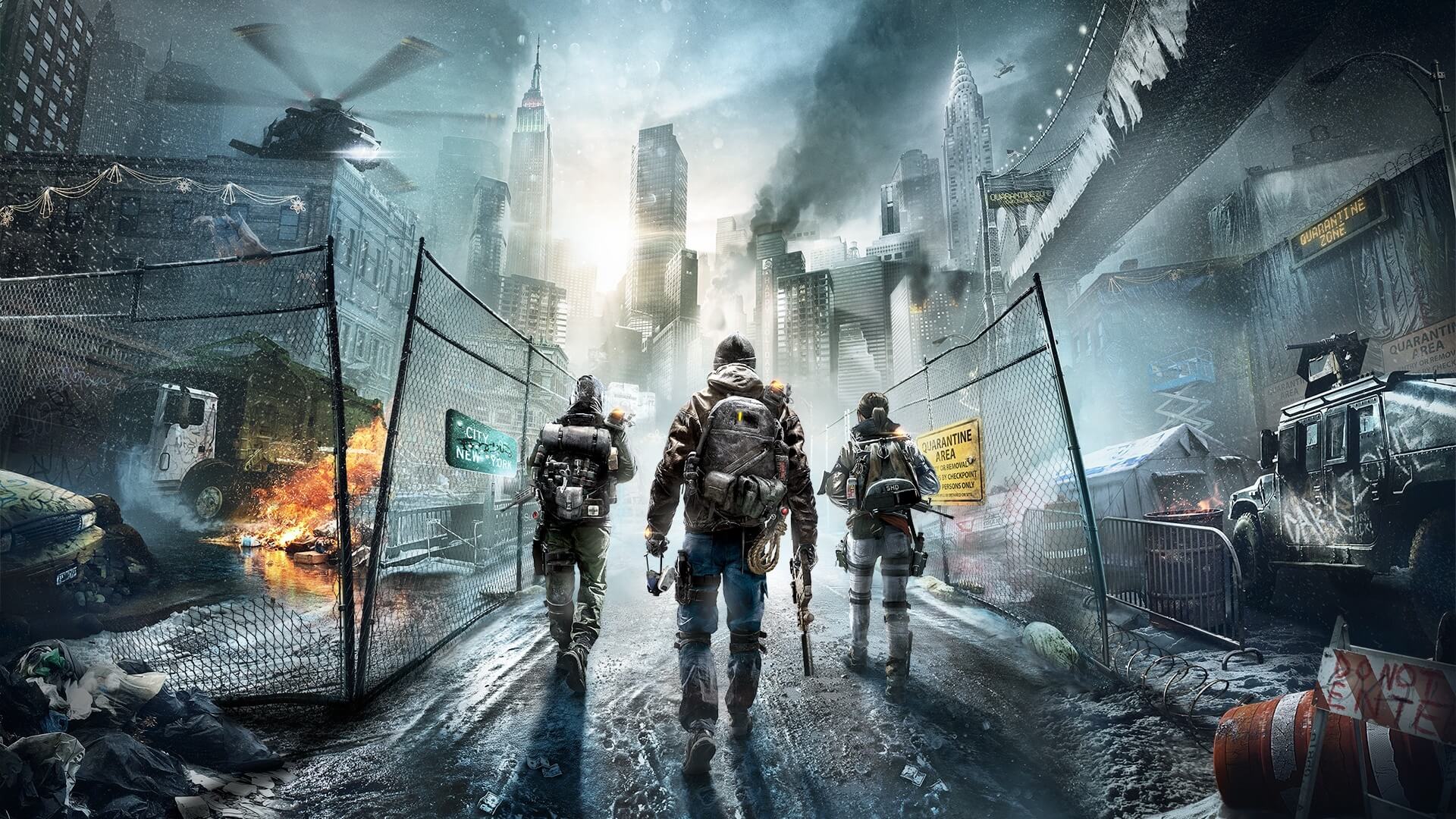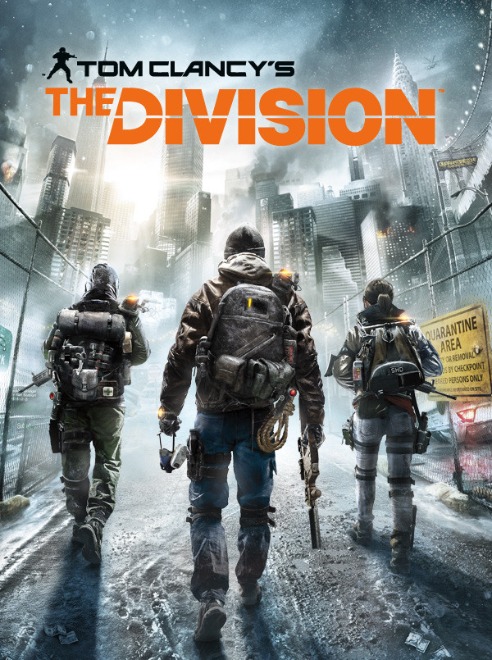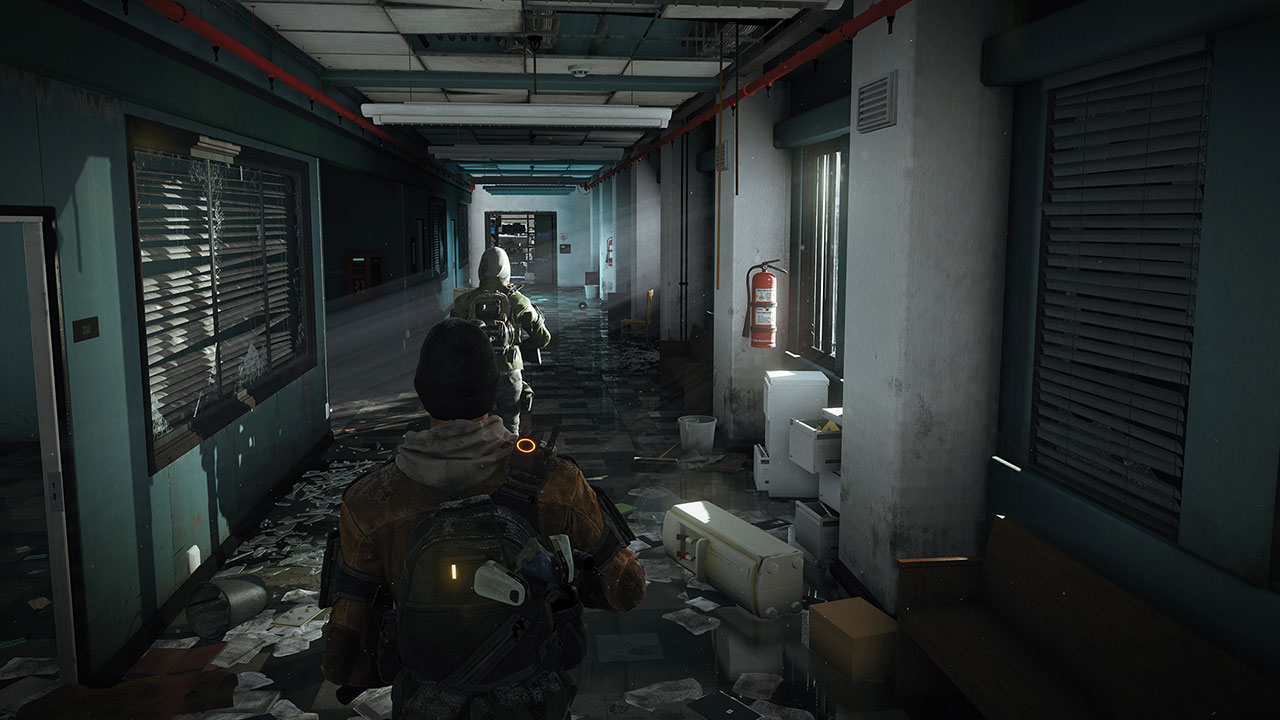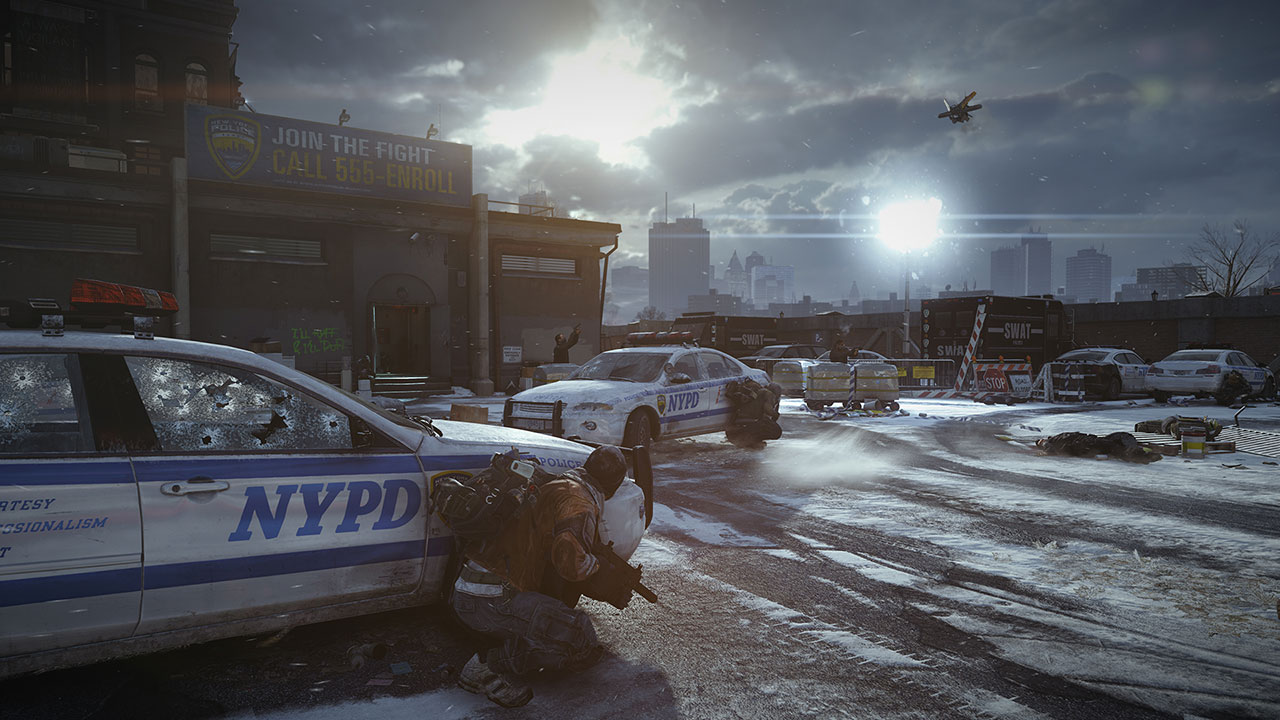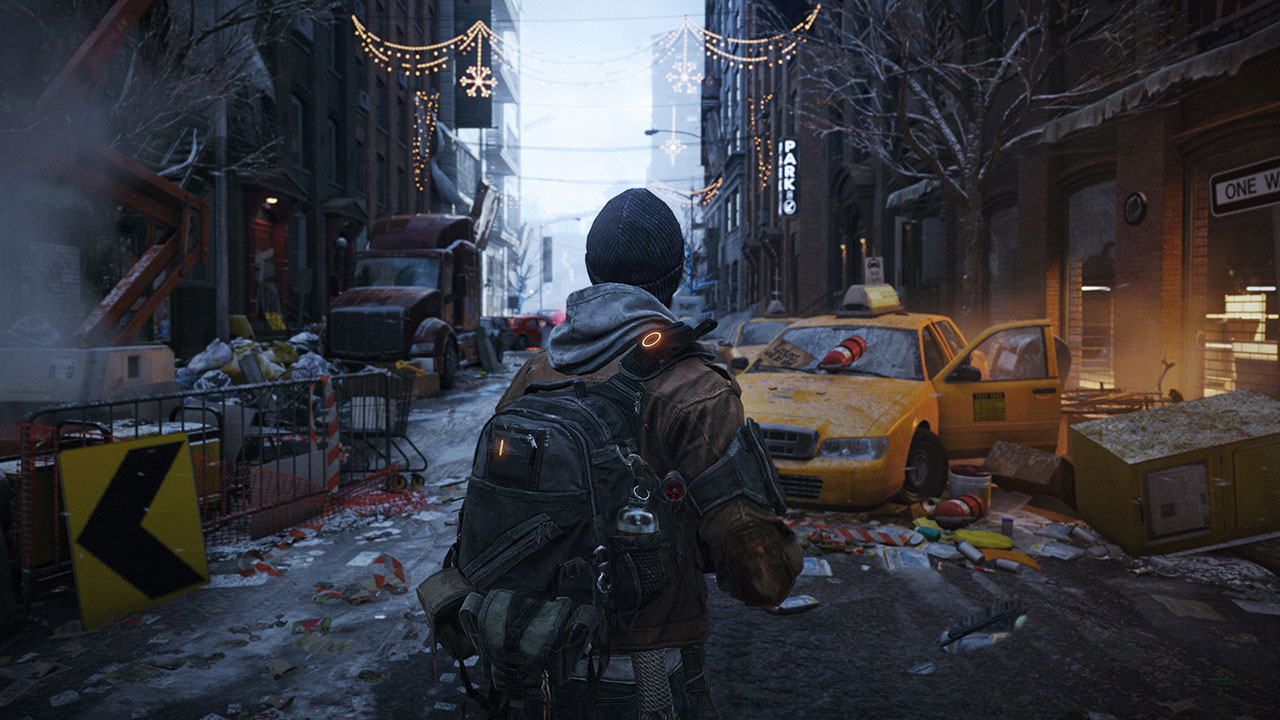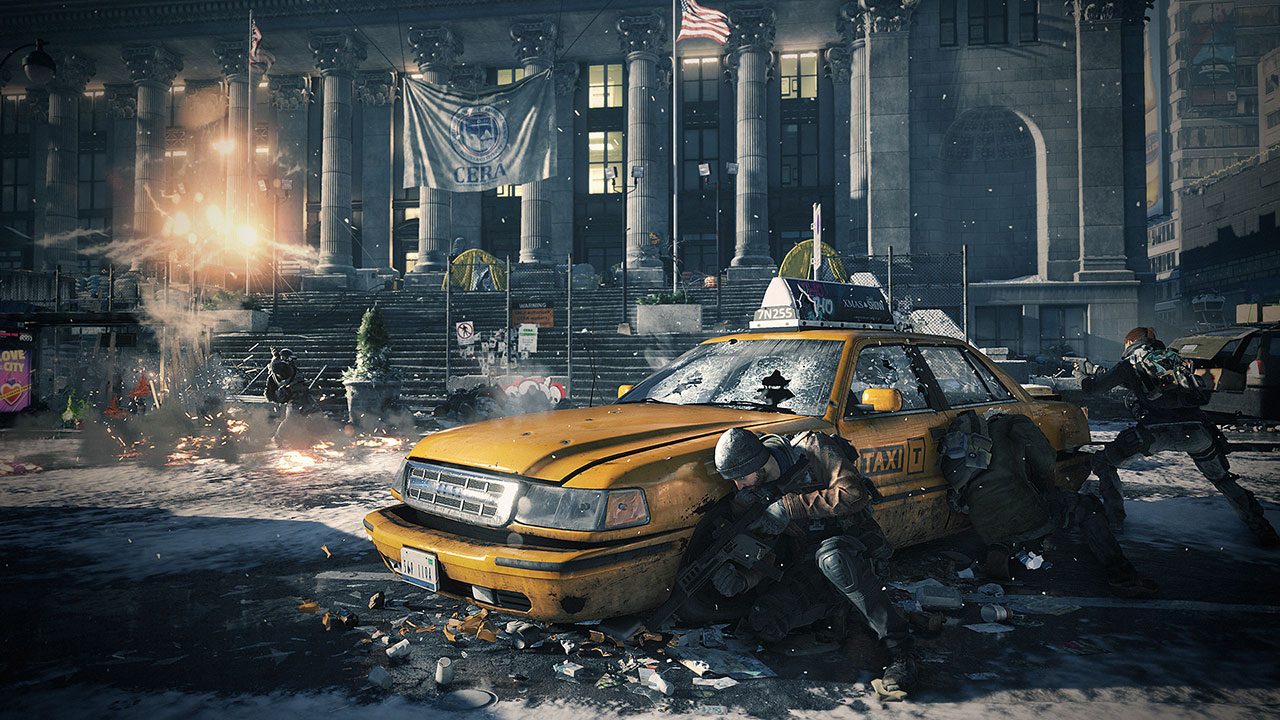Tom Clancy’s The Division is a captivating third-person shooter that immerses players in a realistic post-apocalyptic New York City. This action-packed RPG combines tactical combat and strategic decision-making, offering gamers an engaging narrative-driven experience. Released to critical acclaim, The Division invites players to explore a city ravaged by a deadly virus, where every corner holds both danger and opportunity.
In this review, we delve into the game’s plot, highlighting what makes this title a must-play for fans of the genre. We’ll weigh the pros and cons of this dynamic game, explore its system requirements, and finally, offer a comprehensive rating. Whether you’re a newcomer eager to understand what makes The Division tick, or a seasoned player considering another run, this analysis has you covered.
Prices for Tom Clancy's The Division
Plot Overview
Set in a near-future New York City, The Division takes place in the aftermath of a smallpox pandemic that decimates the population. The virus, which spreads rapidly through banknotes during the bustling Thanksgiving weekend, plunges the city into chaos. Basic services collapse, and society is on the brink of disintegration under the weight of fear and anarchy.
Enter “The Division,” a secretive unit of sleeper agents tasked with restoring order amidst the chaos. As players, you step into the role of one such agent, navigating through a perilous urban landscape teeming with warring factions and desperate survivors. The game’s narrative unfolds as you investigate the origins of the virus, gather intelligence, and confront powerful enemies seeking to exploit the crisis for their own ends. This gripping tale of survival and heroism is masterfully woven into every mission, making for a deeply immersive experience.
Gameplay Experience
The Division offers a compelling gameplay experience that effectively blends elements of RPG mechanics with third-person shooter action. Players will find themselves quickly immersed in the intricate dynamics of strategic combat, requiring both tactical prowess and reflexive gunplay. The game’s cover-based shooting mechanics ensure that engagements are as much about positioning and planning as they are about aim and firepower.
For newcomers, the learning curve is gentle, with intuitive controls and a well-structured tutorial system that introduces players to the core mechanics without overwhelming them. Compared to other titles in the genre, The Division stands out with its detailed progression system, where players can upgrade their agents, unlock new abilities, and customize gear for various combat scenarios. The game’s innovative Dark Zone adds a unique twist, offering a high-risk, high-reward area for PvP encounters that tests player strategies to the fullest. This blend of cooperative and competitive gameplay keeps the experience fresh and engaging, making it a standout in the field of tactical shooters.
Visuals and Artistry
The Division excels in its graphical fidelity, presenting a meticulously crafted rendition of a post-crisis New York City that is both stunning and hauntingly realistic. Featuring dynamic weather systems and a detailed day-night cycle, the game captures the eerie desolation of an urban apocalypse with remarkable precision. The use of lighting and shadows adds depth and atmosphere, enhancing the immersive quality of the environment.
When compared to other games within the genre, The Division’s graphics are top-tier, owing to the impressive capabilities of the Snowdrop Engine it employs. The attention to detail in textures and animations gives the city a lifelike quality, setting a high bar for realism and immersion. Whether navigating the snow-covered streets or exploring derelict interiors, players are continually reminded of the artistry and technical prowess that went into crafting this visually striking world.
Key Features
The Division distinguishes itself within the genre through a suite of standout features that enrich the gaming experience. Chief among these is the game’s seamless open-world design that allows players to explore a richly detailed urban environment filled with dynamic encounters and events. This continuous, loading-screen-free experience keeps the action fluid and engaging, distinguishing it from many other shooters which often rely on segmented levels.
Another defining feature is the deep customization system, offering myriad options for tailoring weapons, gear, and skills to fit individual playstyles. The responsive AI and dynamic mission structures guarantee that no two playthroughs are alike, enhancing replayability and player investment. Furthermore, The Division’s integration of social elements, such as clans and cooperative multiplayer, encourages community building and team-based tactics, presenting players with a wealth of content that keeps them engaged long after the main storyline concludes.
Areas for Improvement
While The Division impresses in many ways, it is not without its shortcomings. One of the most cited issues is the occasionally repetitive mission structure, which can lead to a sense of monotony over extended play sessions. Many missions tend to revolve around similar objectives, such as securing zones or defeating waves of enemies, which can dampen the otherwise dynamic pacing of the game.
Another point of criticism is the game’s loot system. While the extensive customization options are a draw, some players feel the grind to acquire high-level gear can be excessively time-consuming and reliant on RNG. Additionally, the initial lack of clear story beats between major missions sometimes affects the narrative momentum, leaving players yearning for a more cohesive plot progression. Lastly, early post-launch technical issues, including server connectivity and bugs, also marred the experience for some, though many of these problems have been addressed with subsequent updates.
System Requirements and Performance
The Division is designed to run on a range of hardware configurations, though achieving optimal performance naturally requires a more robust setup. Below are the game’s minimum and recommended system requirements:
| Component | Minimum Requirements | Recommended Requirements |
|---|---|---|
| OS | Windows 7 / 8 / 10 | Windows 10 |
| Processor | Intel Core i5-2400 / AMD FX-6100 | Intel Core i7-3770 / AMD FX-8350 |
| Memory | 6 GB RAM | 8 GB RAM |
| Graphics | NVIDIA GeForce GTX 560 / AMD Radeon HD 7770 | NVIDIA GeForce GTX 970 / AMD Radeon R9 290 |
| Storage | 40 GB available space | 40 GB available space |
The game is generally well-optimized, providing smooth performance even on mid-range systems if settings are adjusted appropriately. On high-end setups, players can enjoy The Division at ultra settings with consistent frame rates, which brings out the full visual splendor of its detailed urban landscapes. However, achieving a balance between graphics and performance is key, especially on lower-end systems, where reducing certain settings like shadows and post-processing can significantly improve frame rates without drastically sacrificing visual quality.
Community Feedback
The Division has sparked diverse opinions within the gaming community, with many praising its inventive gameplay while others point out areas that could be improved. Players often share their thoughts on forums and reviews, highlighting both their enthusiasm and criticisms.
“
The atmosphere in The Division is simply unmatched. Walking through New York, especially during a blizzard, is an incredible experience that draws you right in.
“
“
While I love the potential for customization, I do feel that the grind can be a bit much at times. It takes away from the enjoyment when you’re just hoping for a good loot drop.
“
“
Connecting with friends for co-op and tackling missions together offers a thrill that’s hard to beat. But the mission design could vary more to keep it exciting in the long run.
“
Overall, the game is well-received for its immersive environment and engaging multiplayer elements, despite some players’ concerns over mission diversity and loot mechanics.
Final Verdict
Tom Clancy’s The Division presents players with a captivating blend of tactical combat, rich storytelling, and stunning visuals, all set against the backdrop of a beautifully rendered urban apocalypse. While it faces challenges, such as a repetitive mission structure and a sometimes frustrating loot system, the game’s strengths in cooperative gameplay and atmospheric design shine through. Whether exploring the intricacies of its narrative or battling it out with friends in the Dark Zone, The Division offers a compelling journey worth undertaking for fans of the genre. Balancing a gripping plot with innovative features, it remains a standout title that continues to evolve, reflecting both the dedication of its developers and the enthusiasm of its community.

